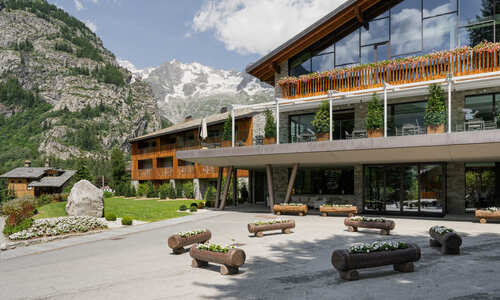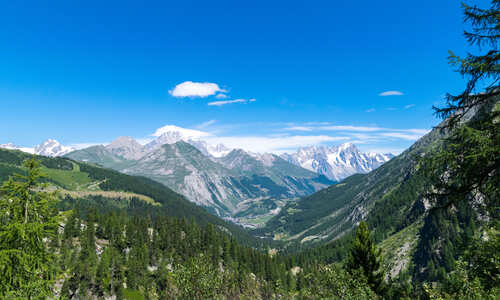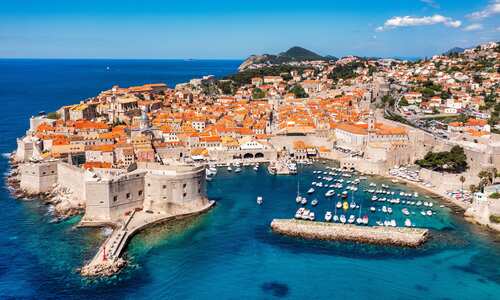Article content
30 January 2013 by Luke McCormick
Founder of Crosta & Mollica, James Orr, takes us on a tour of Italy to discover the unique regional bread products on offer.
On his travels through Italy, James often ate with families, as well as in small bakeries, bars and restaurants - getting a real taste for genuine Italian food, especially the breads and biscuits.
Liguria
The Italian Riviera is a stunning strip of Mediterranean coastline between France, Piedmont, Tuscany and the Alps. The bustling capital city of Genoa was the birthplace of Christopher Columbus and is now a major port and commercial centre.
Seafood figures highly menus and freshly caught fish is a staple part of the local diet. Basil grows on steep coastal terraces and finds it way into delicious pesto sauces that are just perfect with pasta.
Local breads tend to be thin with little crust. This is partly because the moist, salty air inhibits yeast, resulting in breads that do not rise during proving.
Undefeated, the Ligurians developed foccacia - typically very flat with a liberal wash of oil and water spread over the bread before baking to make the crust crisp.
Focaccia is regularly baked and served throughout the day and some locals even dip it into their early morning cappuccino.
Piedmont
Piedmont is a mountainous region in north-west Italy that sweeps down towards Liguria on the coast.
The area is known as ‘the foot of the mountains', and its close proximity to France has resulted in a local language and cuisine influenced by its Gallic neighbor. One popular dish is bollito misto, a stew of beef, veal, chicken and vegetables.
Most meals eaten in Turin are accompanied by grissini. The oldest type of grissini is called rubatà, or ‘rolled'. Another favourite from Piedmont is torcetti - a delicious crunchy biscuit that originated from bakeries that made breadsticks.
The story goes that one day a grissini baker had some butter left over in his fridge, which he mixed into the last batch of his grissini dough. To distinguish it from the grissini dough he looped this dough and then sprinkled it with sugar before baking.
The result was the splendid torcetti biscuit - now a part of everyday life in Piemont. Perfect dipped in tea, coffee or hot chocolate.
Emilia-Romagna
The Via Emilia is an ancient Roman road that runs from Piacenza, near Milan, via Bologna and on to Romagna, which lies on the Adriatic coast. The land here is relatively flat and fertile, and fruit grows in abundance on the attractive farmland, which is dotted with fading villas and farmhouses.
Even Italians, generally proudest of their own regions, widely agree that Emilia-Romagna's food is some of the best in Italy: pork products such as Parma ham, mortadella, culatello, zampone and cotecchino, the world famous Parmigiano Reggiano cheese, and some very fine stuffed pastas, including tortelli and tortellini.
A real foodie treat in Emilia-Romagna is a plate of piada - a local flatbread served with the famous salamis and a mix of cheeses. It's simply delicious; better still, if enjoyed with a glass of the local Lambrusco wine.
Puglia
Puglia, the heel of Italy's famous boot, is studded with whitewashed buildings overlooking the turquoise sea and medieval castles perched on hilltops.
The local foods are rustic and healthy, featuring homemade pasta, cheese, fresh vegetables, seafood and olive oil. Quality ingredients simply prepared is what Puglia is all about.
Take for example, pane Pugliese. It's made durum wheat, the same used in pasta, which gives it a thick, flavoursome crust and a lovely golden chewy crumb with a flavor that's almost caramel.
Many years ago the big Puglian loaves would have been made at home, carried down to the town's communal wood-fired ovens and stamped with the family's initials before baking.
To find out more visit www.crostamollica.com










